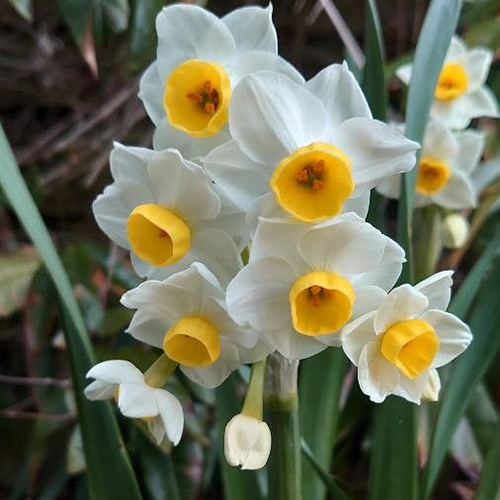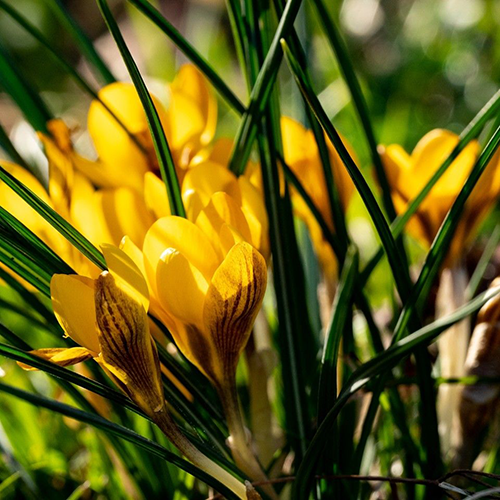
Crocus: Heralds of Spring, Autumnal Sprites

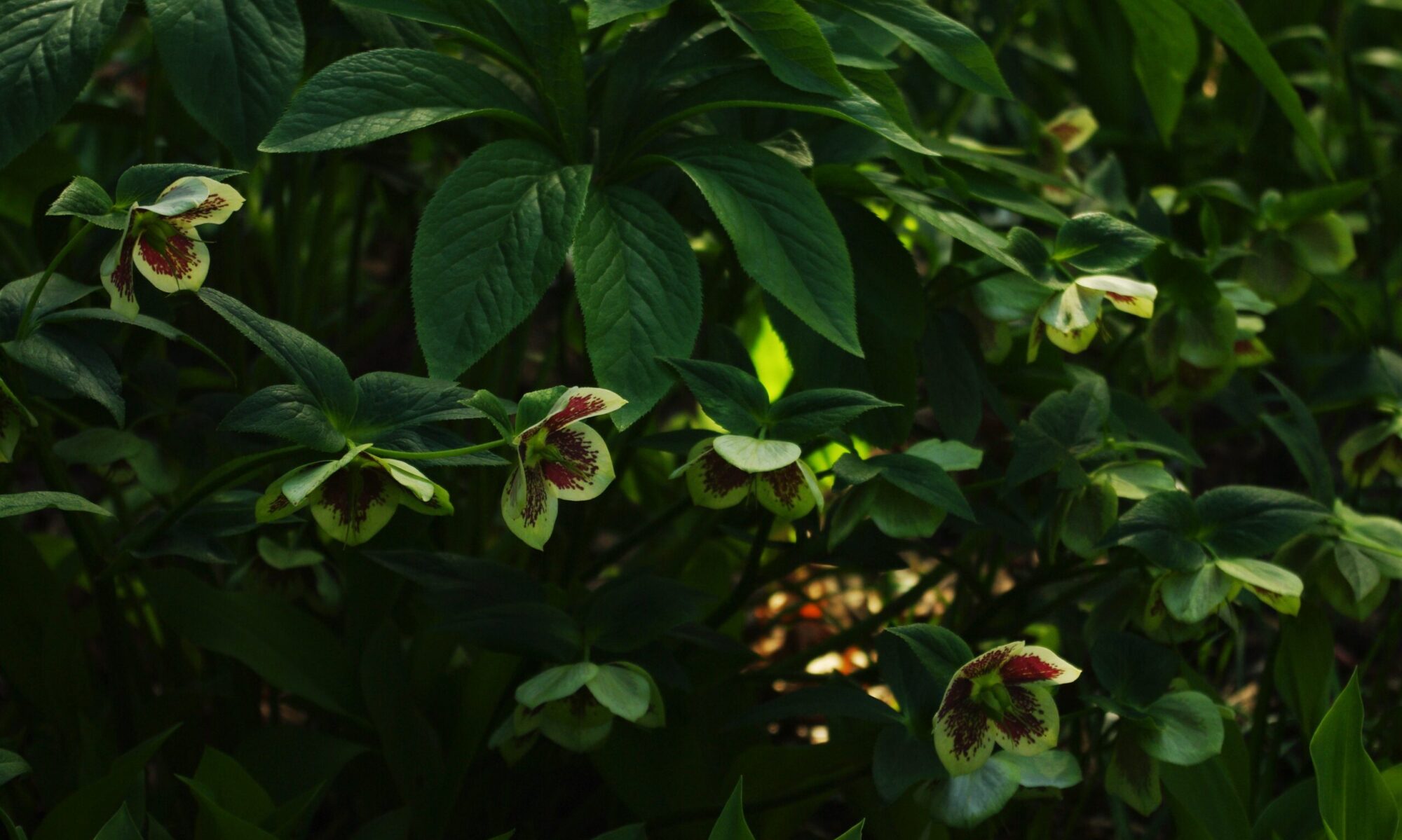
Almost two millennia aga, Cicero said If you have a garden and a library, you have everything you need. We think this is just as true today.

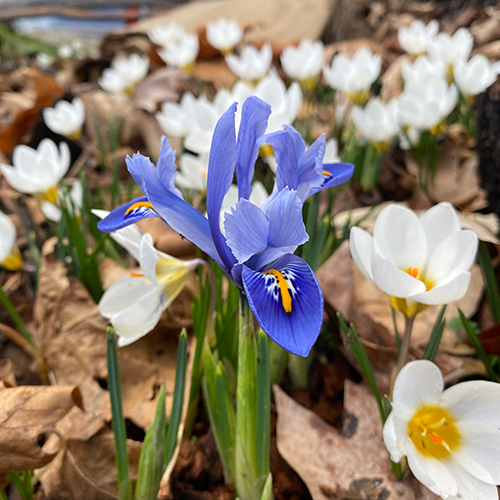
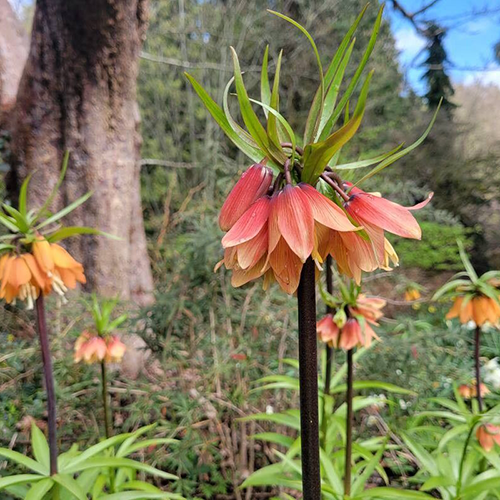
The entire internet and the world of SEO pushes towards making wordy posts that result in a ton of filler and jargon that drives me totally nuts. If you’re looking for the basic details, here they are.
Full/part sun, perennial, rich and well drained soil, hardy to Z3, 4-18″ tall, depending on species. Naturalizes well. Plant 4x the height of the bulb in fall or early spring. Deer proof, drought tolerant.
Check out our full list of Fritillaria
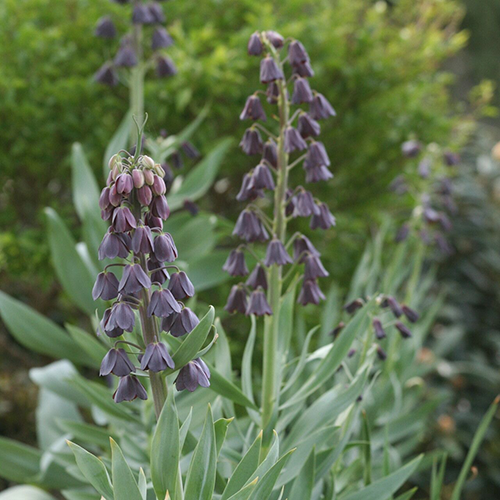
Like tulips, Fritillaria are part of the larger family of lilies, but unfortunately these beauties are more commonly spotted in professional than home gardens, despite being easy to grow. There are Fritillaria species distributed all over temperate parts of the Northern hemisphere, from Russia and Iran all the way over to Western North America. It is believed that they crossed over the Bering Strait on two separate occasions, and they have uses both as foods and medicine in Traditional Chinese Medicine as well as various Indigenous cultures here in the Pacific Northwest.
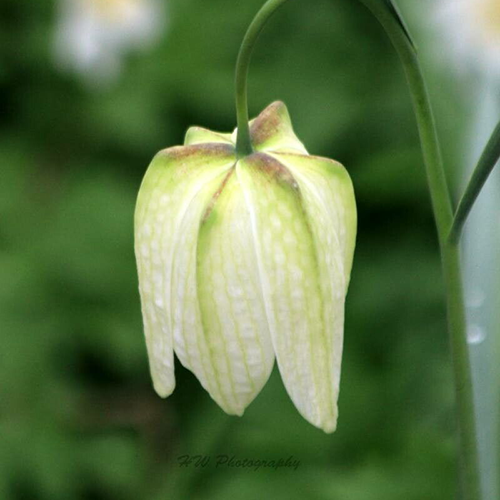
Because of the wide spread of this genus, there is a lot of variety in their overall height and way that these beauties flower, but they all do bloom in mid-late spring. The Imperialis subgenus has a base of leaves with a tall (24-36″) stem, atop which sits a crown of bright orange or red bell-shaped flowers.

The Persian Lily subgenus has a tall (24-36″) spire of flowers that are typically deep purple verging on black, but some varietals are ivory white. Others like the Meleagris or Michailovskyi top out at around 7″, and have a single flower per stem, like a gently nodding tulip. These varieties are very amenable to naturalizing (not at all invasively) into lawns, and create an outstanding show in the spring that will leave you putting off mowing just a little bit longer. However, don’t worry if you must mow them down – they will come back next year to delight you once again.

Though many types of lilies are quite tasty to deer, fritillaria are poisonous to them, and so they will either be completely ignored, or if you’re unlucky enough to have a dim-witted deer in your neighbourhood, they’ll get a small nibble or two in before they decide to move on. Like Alliums and Narcissums, Fritillaria can therefore be used as a kind of ‘defense’ – plant them on the borders of your bed along with other deer-unfriendly plants, and the pesky buggers are more likely to pass up your beds for yummier pastures.

All types of Fritillaria will naturalize, meaning that you won’t be stuck planting bulbs year after year – they’ll come back, and gently clump up over time. Like most spring blooming bulbs, they want barely any water over the summer as that is their dormancy period. If you want to split them, late summer is best. The bulbs themselves seem like an assemblage of ‘scales’, which vaguely resemble an artichoke but are far more fragile. If you knock some off while planting or splitting them, don’t worry! Each of those scales will grow into a full size bulb with time, though they won’t flower for the first few years as they need to accumulate stored energy first.
All of the beauties you see here are one’s we are carrying for the autumn planting season – you can check out our full list of Fritillaria we’re carrying, or place an order.
Happy Gardening!
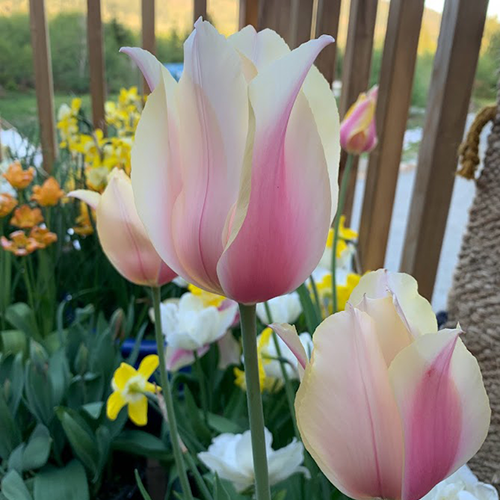
The entire internet and the world of SEO pushes towards making wordy posts that result in a ton of filler and jargon that drives me totally nuts. If you’re looking for the basic details, here they are.
Full/part sun, botanical varieties are perennial but traditional ones are not. Well drained soil, hardy to Z3, 18″ tall, or 6-10″ if botanical. Botanical varieties will naturalize. Plant 4x the height of the bulb in fall or early spring. Botanical varieties are somewhat deer resistant, needs moderate water during spring and little to no water during summer dormancy.
Full list of tulips we are selling this autumn
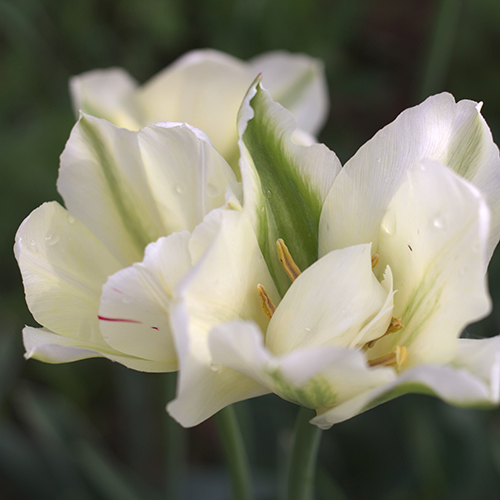
Tulips originate in Persia (present day Iran), then spread first to Turkey, and then were imported to Western Europe sometime in the 1400’s. They spread rapidly across Europe, and have been the center of many fascinating stories, from manias to revolutions. Due to their ability to mutate easily, they’ve excited (and even at times consumed) gardeners with the potential of discovering a gorgeous and entirely new flower.

Because of the long obsession with breeding and hybridizing new tulip varieties, most tulips unfortunately only bloom once, and must be planted each year. Some folks are absolutely comfortable with this, and in fact enjoy the process of selecting next year’s display as part of the ritual of garden planning. At Gardenlore, we’re a bit lazy…there’s enough work to do in the garden without planting dozens of bulbs each and every fall, so we tend to pick flowers that naturalize easily, and will give a good show from year to year.

Enter the Botanical, or Species Tulips. They’re a little less ostentatious than the usual varieties you see planted along roadsides or at fancy gardens, but they are more deer resistant, better suited to borders and rock gardens, and most importantly they come back year after year after year. This is because they are wild – not hybridized year over year to develop the biggest, showiest blooms, but the ones you’d actually see if you wandered the meadows of Iran or Turkey.
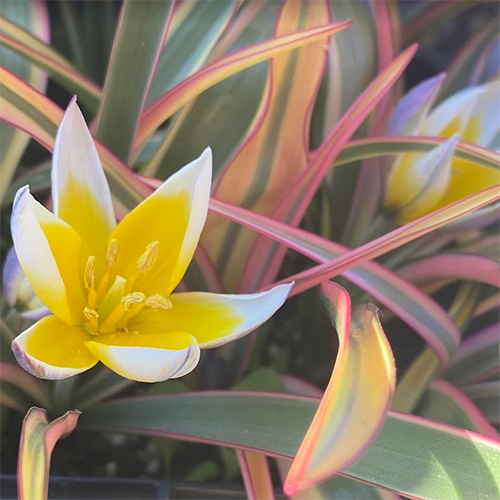
These tulips are shorter (6-10″ tall), and are early bloomers, going from March through April (in contrast to the mid-April to May of the traditional varieties). Many varieties of botanical tulips are winners of the prestigious RHS Award of Garden Merit, which is given to plants which demonstrate excellence in terms of beauty, ease of care, and performance. This award is assessed for the UK climate, which is very similar to the climate of the Pacific Northwest, meaning that any winners over there will also do extremely well here.
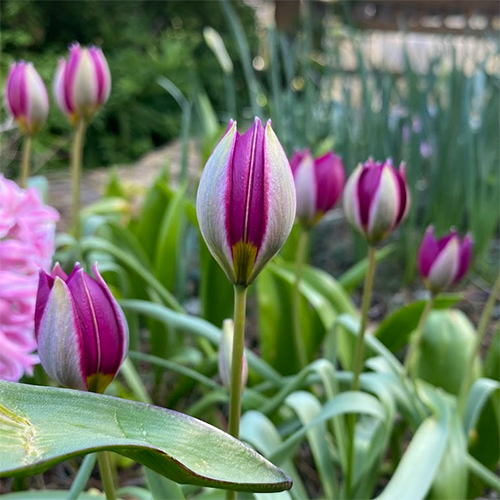
Like most spring bulbs, tulips prefer to be planted in the middle of fall (October to November) and like a rich soil that is sufficiently drained to prevent standing water and rot. You’ll get your best chances of a repeat show with the bedding type (aka non-botanical) tulips if you deadhead them after they finish flowering, but before they start forming seed pods, and leave the soil dry for the rest of the summer as they go into dormancy. Botanical tulips tend to not be the deer’s first choice for food, but they are not poisonous to deer like Narcissus or Alliums, so we’ve heard mixed results depending on what else the deer have to browse on.
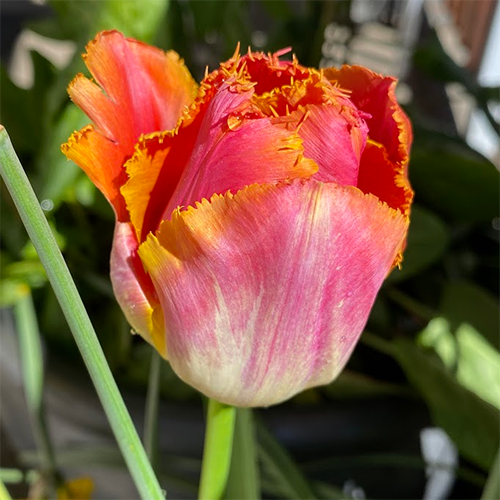
As always, we recommend the Royal Horticultural Society (RHS) as a wonderful resource on good gardening advice amidst the incredible sea of good (and really not so good) information out there. Because they’re based in the UK, all of the planting tips are fully applicable in the Pacific Northwest as we have very similar climates. Check out their article on planting tulips if you want another resource.
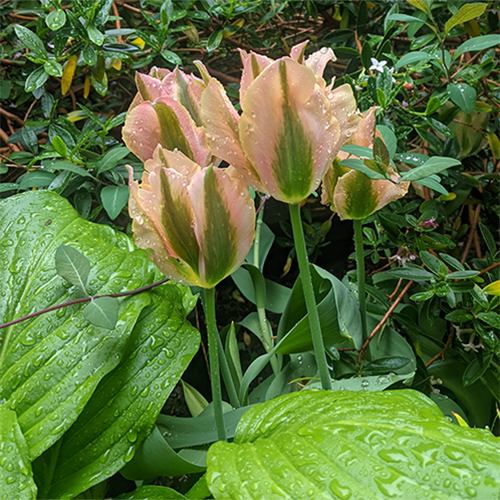
If you’ve fallen in love with the beauties you’ve seen here, check out our full list of tulips we’re carrying for the fall planting season.
Happy Gardening!
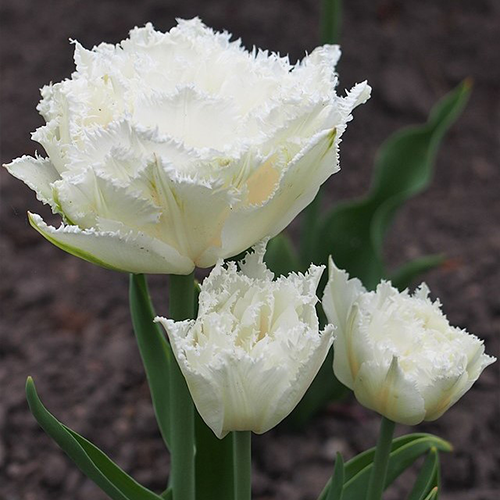
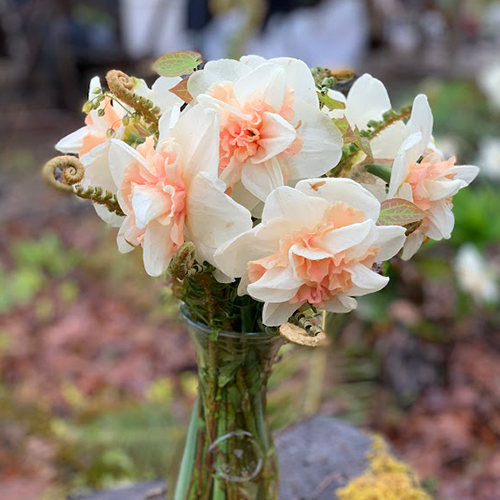
The entire internet and the world of SEO pushes towards making wordy posts that result in a ton of filler and jargon that drives me totally nuts. If you’re looking for the basic details, here they are.
Full/part sun, perennial, well drained soil, hardy to Z4, 18-36″ tall, or 5-12″ if a dwarf species. Naturalizes. Plant 4x the height of the bulb in fall or early spring. Deer resistant, drought tolerant.
Full list of Narcissus varietals we’re carrying this year

It isn’t entirely clear whether the myth came from the flower, or the flower from the myth, but in the end, narcissus is synonymous with a love for beauty and a pride in that beauty. Narcissus flowers certainly strike me as proud – they are some of the earliest bulbs to flower during the spring season, preceded only by crocuses and snowdrops, those tiny promises of winter’s end.
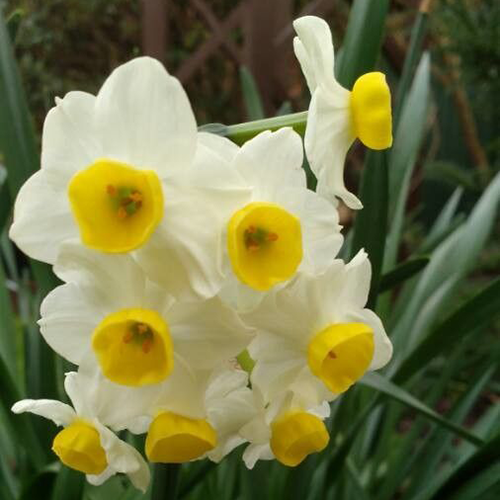
While the most commonly planted Narcissus flowers aren’t fragrant, many varietals within the genus are. Their scent is sweet and powerful, similar to sweet peas with a hint of freshly cut grass thrown in.
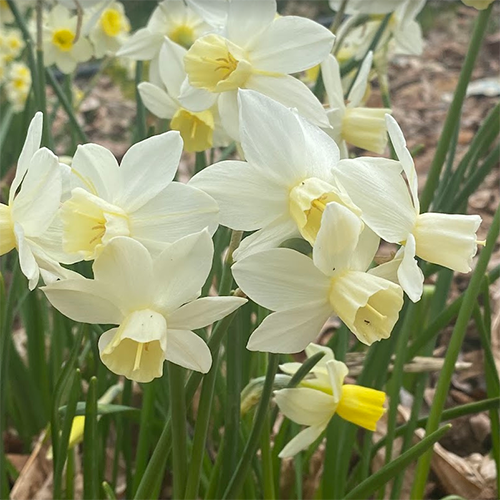
Most Narcissus bloom in early to mid-spring, and range in colour from pure white through butter yellow to a deep golden orange. In our garden, we’ve had fields of Forget-Me-Nots out of which the Narcissus poke their sunny heads. The effect of those cheerful yellow faces rising out of the delicate sea of blue feels like a celebration of the garden’s return to life.
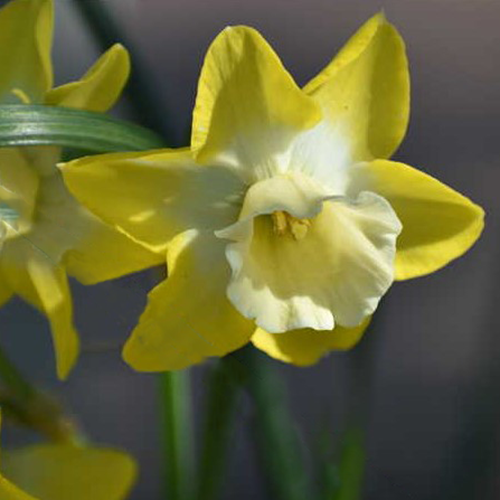
Along with Alliums, the Narcissus genus won’t get touched by deer, as the genus produces alkaloids that are toxic to them. This adaptive mechanism means that they make great border plants – the worst damage you’ll see is a less-than-brilliant deer give a leaf or two a try before it moves on to something that won’t burn its mouth, though they’re commonly enough planted that it’s unusual to encounter a deer who hasn’t already given daffodils a shot and decided against running the experiment again.
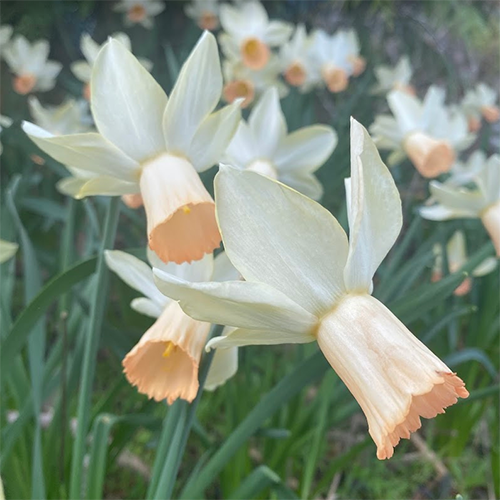
These sunny beauties are most often seen with the traditional single layer of six petals, but there are double and triple varietals, with an effect more similar to a small dahlia. There is also the gorgeous Narcissus Poeticus var. Recurvus, which has recurved creamy white petals surrounding a halo-like gold corona that’s edged with a deep orange.
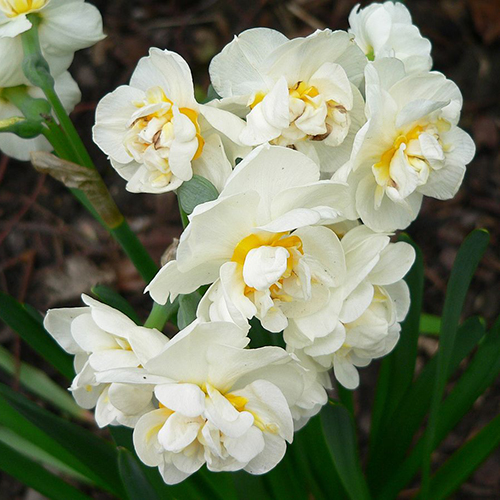
Most Narcissus grow to a height of approximately 18″, but there are dwarf varietals that are well suited to small beds or containers. If you walk around the Butchart Gardens in daffodil season (March – April), you may spot some of the adorable “petticoat type” daffodils planted in containers, which barely clear 5″ before putting out golden bell-shaped flowers – their petals are insignificant but their corona is outsized, resulting in that classic ‘petticoat’ shape.

All of the varieties you see here are ones we’re carrying for the autumn planting season, for which you can place an order (for pickup in Courtenay) here.
See a full list of the Narcissus varietals we carry
If you can’t wait to get your hands on some, you can try making an appointment to come visit us at our home nursery in Courtenay, or place an order online.
Happy Gardening!
